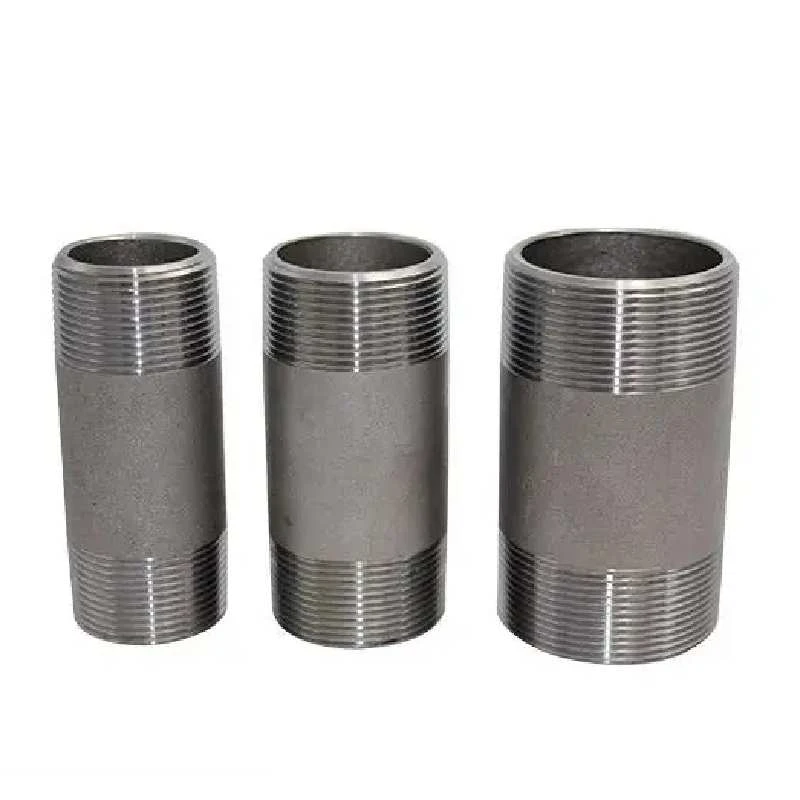-
Cangzhou Yulong Steel Co., Ltd.
-
Phone:
+86 13303177267 -
Email:
admin@ylsteelfittings.com
- English
- Arabic
- Italian
- Spanish
- Portuguese
- German
- kazakh
- Persian
- Greek
- French
- Russian
- Polish
- Thai
- Indonesian
- Vietnamese
- Zulu
- Korean
- Uzbek
- Hindi
- Serbian
- Malay
- Ukrainian
- Gujarati
- Haitian Creole
- hausa
- hawaiian
- Hebrew
- Miao
- Hungarian
- Icelandic
- igbo
- irish
- Japanese
- Javanese
- Kannada
- Khmer
- Rwandese
- Afrikaans
- Albanian
- Amharic
- Armenian
- Azerbaijani
- Basque
- Belarusian
- Bengali
- Bosnian
- Bulgarian
- Catalan
- Cebuano
- China
- China (Taiwan)
- Corsican
- Croatian
- Czech
- Danish
- Esperanto
- Estonian
- Finnish
- Frisian
- Galician
- Georgian
- Kurdish
- Kyrgyz
- Lao
- Latin
- Latvian
- Lithuanian
- Luxembourgish
- Macedonian
- Malgashi
- Malayalam
- Maltese
- Maori
- Marathi
- Mongolian
- Myanmar
- Nepali
- Norwegian
- Norwegian
- Occitan
- Pashto
- Dutch
- Punjabi
- Romanian
- Samoan
- Scottish Gaelic
- Sesotho
- Shona
- Sindhi
- Sinhala
- Slovak
- Slovenian
- Somali
- Sundanese
- Swahili
- Swedish
- Tagalog
- Tajik
- Tamil
- Tatar
- Telugu
- Turkish
- Turkmen
- Urdu
- Uighur
- Welsh
- Bantu
- Yiddish
- Yoruba

Sep . 16, 2024 10:45 Back to list
High-Quality Carbon Steel Concentric Reducers for Optimal Flow Management
Understanding Carbon Steel Concentric Reducers
Carbon steel concentric reducers play an essential role in piping systems, allowing for the smooth transition between two different pipe diameters. These fittings are characterized by their symmetrical, conical shape that keeps the central axis of the inlet and outlet aligned. This design is crucial in minimizing pressure drops and turbulence within the fluid transportation system.
One of the primary functions of a concentric reducer is to connect pipes of varying sizes while maintaining a uniform flow. Typically, they are used in applications where a decrease in pipe diameter is necessary, such as in water supply systems, oil and gas pipelines, and various industrial processes. The concentric design ensures that the fluid flow remains centralized, which helps reduce the likelihood of turbulence that can lead to erosion or wear over time.
Manufacturing concentric reducers from carbon steel offers several advantages. Carbon steel is known for its high strength, durability, and resistance to impact and wear, making it an ideal material for high-pressure applications. Its high mechanical properties ensure that the reducer can withstand the stresses associated with varying fluid velocities and pressures. Additionally, carbon steel is also cost-effective compared to other materials like stainless steel, making it a popular choice for many engineering applications.
carbon steel concentric reducer

When selecting carbon steel concentric reducers, engineers and designers must consider various factors. These include the size of the pipes being connected, the operating temperature and pressure, and the nature of the materials being transported. Proper sizing is particularly important, as an improperly sized reducer can lead to increased friction losses and reduced efficiency in the piping system.
Moreover, surface treatment and coatings can enhance the lifespan of carbon steel concentric reducers, especially in corrosive environments. Coatings such as galvanization or epoxy can provide additional protection against rust and degradation, prolonging the service life of the fittings.
Installation of concentric reducers must be conducted with precision to maintain alignment and ensure proper sealing. Mismatches during installation can result in significant performance issues, including leaks and increased maintenance costs. Therefore, it's essential for technicians to adhere to proper installation protocols and use compatible joining methods, such as welding or threaded connections, based on the specific application requirements.
In conclusion, carbon steel concentric reducers are vital components in various piping systems. Their ability to facilitate smooth transitions between different pipe diameters while maintaining flow efficiency makes them indispensable in many industries. Considering their strength, cost-effectiveness, and adaptability to various environments, they remain a popular choice among engineers and designers. As technology continues to evolve, innovations in materials and manufacturing processes will likely enhance the performance and applications of these critical fittings, ensuring they continue to meet the demands of modern engineering challenges.
Latest news
-
ANSI 150P SS304 SO FLANGE
NewsFeb.14,2025
-
ASTM A333GR6 STEEL PIPE
NewsJan.20,2025
-
ANSI B16.5 WELDING NECK FLANGE
NewsJan.15,2026
-
ANSI B16.5 SLIP-ON FLANGE
NewsApr.19,2024
-
SABS 1123 FLANGE
NewsJan.15,2025
-
DIN86044 PLATE FLANGE
NewsApr.19,2024
-
DIN2527 BLIND FLANGE
NewsApr.12,2024
-
JIS B2311 Butt-Welding Fittings LR/SR 45°/90° /180°Seamless/Weld
NewsApr.23,2024











